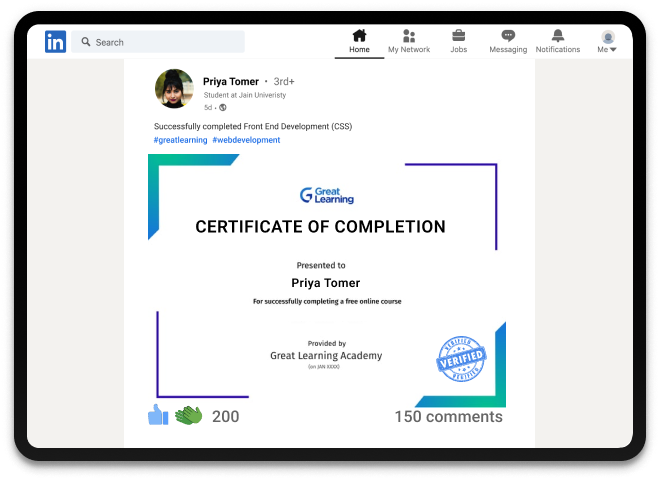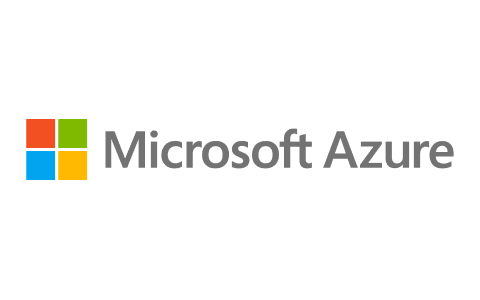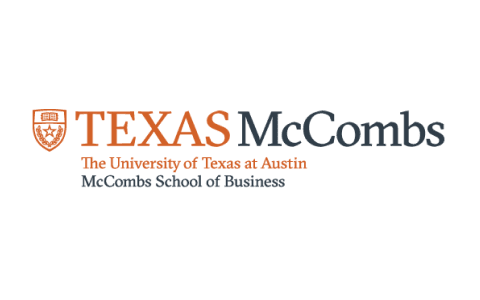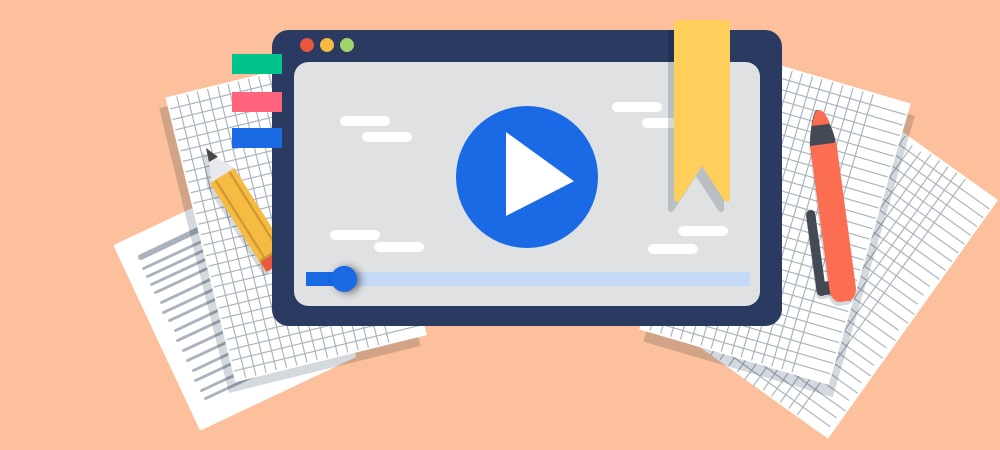C++ Tutorial
What you learn in C++ Tutorial ?
About this Free Certificate Course
A versatile programming language, C++ is used for a plethora of tasks. C++ can be used to make browsers, operating systems, games, and multiple other things. C++ supports a variety of programming styles, including procedural, object-oriented, and functional programming. As a result, C++ is both powerful and adaptable.
This course will teach you how to program in the powerful, fast, and widely used C++ programming language from the ground up, assuming only a basic understanding of computers. If you want to create high-end desktop games or complex artificial intelligence systems, or if you want to utilize a language that allows you to get close to your machine and access all of its hardware, C++ is the language for you. While C++ is a difficult language, we will cover the fundamentals in this course which will help you to comprehend the language in a better way.
Hence let’s get started. Our C++ programming tutorial will guide you to learn C++ programming step by step.
Explore our Software Engineering Courses today.
Course Outline
C++ is an object-oriented programming language developed by Bjarne Stroustrup in the year 1979.
With this course, you get
Free lifetime access
Learn anytime, anywhere
Completion Certificate
Stand out to your professional network
2.0 Hours
of self-paced video lectures
Frequently Asked Questions
Which is the best tutorial for C++?
To learn C++, head to Great Learning’s free C++ Tutorial course which will be the best tutorial for C++
Is C++ language easy to learn?
C++ is an extension of the C language, which is an easy language to learn and is a general-purpose programming language. The only way you can learn a programming language in the best way is by writing a lot of code and understanding the logic.
How can I learn C++ at home for free?
Yes, you can learn C++ on your own at home for free with Great Learning Academy’s C++ Tutorial course.
Success stories
Can Great Learning Academy courses help your career? Our learners tell us how.And thousands more such success stories..
Related IT & Software Courses
Popular Upskilling Programs
Explore new and trending free online courses
Relevant Career Paths >
Other IT & Software tutorials for you
C++ Tutorial
Why Learn C++?
Bjarne Stroustrup, a Ph.D. student, tinkered with the C++ programming language, which was and still is well-respected for its flexibility and low-level capabilities, 40 years ago. He had no idea that he had invented a new language, which may today be found in:
-
Operating systems
-
Web browsers
-
Microcontrollers
-
Video games
-
And elsewhere!
Where do we use C++?
C++ Language is chiefly used for:
-
Design Operating system
-
Design Language Compiler
-
Design Database
-
Utilities
-
Application Software
C++ Features
Here are some of the notable features of C++ language:
1. OOP (Object-Oriented Programming)
Unlike C, which is a procedural language, C++ is an object-oriented programming language. One of C++'s most essential characteristics is its ability to support multiple threads. While programming, it makes use of objects. These objects aid in the implementation of real-time problems using data abstraction, encapsulation, data hiding, and polymorphism. All five major ideas of object-oriented programming have been briefly explored.
The OOP concepts are:
-
Data abstraction: Data abstraction is the representation of significant properties of data without incorporating background information or the method used to collect it.
-
Data encapsulation: Data encapsulation is a technique for implementing data abstraction by enclosing data and functions in a single block.
-
Inheritance: Inheritance refers to the process of passing properties from a parent class to a child class. The basic principle of inheritance can be implemented by establishing many classes, which we formally refer to as derived classes, and attaching them to the base class. This technique avoids program redundancy and makes it simple to copy/transfer properties from one class to another.
-
Data hiding: Protecting data from unauthorized access is referred to as data concealing. It is primarily in charge of data security. It's vital to distinguish data encapsulation from data hiding since encapsulation focuses on refocusing attention on important data rather than explaining its complex nature.
-
Polymorphism: The words poly and morphism indicate "many forms." Polymorphism, as the name implies, relates to the display of data in several formats.
2. Platform or Machine Independent/ Portable
Although C++ is platform agnostic, compiled programs written for one operating system will not run on another. Portability, on the other hand, refers to the ability to use the same code in a variety of settings. With the help of an example, let's learn about this C++ feature. Let's say you build some code in Microsoft Windows to find an employee's name, age, and income, and then you decide to convert to LINUX for some reason. This code will function similarly to that of Windows.
3. Simple
We expect to be able to fully comprehend a new language when we first learn it. C++ appeals to programmers who want to learn a new programming language because of its straightforward context.
You won't have any problems working with C++ if you already know C. C++ has a syntax that is nearly identical to C. After all, "C with classes" is how C++ is referred to.
4. High-level programming language
C++ is a high-level programming language, as opposed to C, which is a mid-level programming language. It is easier for users to work with C++ as a high-level language since it is closely related to a human-comprehensible language, namely English.
5. Popular
After learning C, many other popular programming languages that allow object-oriented programming can be built on top of it. Bjarne Stroustrup chose to create C++ after discovering that Simula 67, the first object-oriented language, lacked simulations.
6. Case Sensitive
The capital and lowercase characters are treated differently in the C++ programming language, just like they are in C. When we write the keyword 'court as 'Cout' or "COUT," for example, the meaning of the word changes. HTML and MySQL, for example, do not care about cases.
7. Compiler-Based
C++ is a compiler-based language, unlike Java and Python, which are interpreter-based. As a result, it is substantially quicker than Java and Python.
8. DMA (Dynamic Memory Allocation)
We can dynamically allocate memory in C++ because it supports pointers. While working with classes and objects in C++, we can even employ constructors and destructors.
9. Existence of Libraries
The C++ programming language comes with a built-in library of functions that help programmers get things done faster. By providing appropriate header files, these functions can be accessible.
10. Speed
As previously stated, C++ is a compiler-based programming language, making it far faster than interpreter-based programming languages such as Python and Java.
Applications of C++
Principally C++ Language is used to Develop Desktop applications and system software. Some applications of C++ language are listed below.
-
To create graphical applications such as computer and mobile games.
-
The C++ programming language can be used to assess any type of mathematical equation.
-
The C++ programming language is also used to create operating systems. Windows XP, for example.
-
C++ is also used by Google for indexing.
-
The C++ programming language is used in a few components of Apple OS X.
-
Firefox is a web browser written in the C++ programming language.
-
Adobe's key programs are written in the C++ programming language. Photoshop, ImageReady, Illustrator, and Adobe Premier are just a few examples.
-
Some Google applications, such as the Google file system and Google Chromium, are written in C++.
-
C++ is used to create databases such as MySQL.
Datatypes in C++
A keyword used to indicate the type of data is a data type. It is used to save the program's input into the computer's main memory (RAM) by allocating enough memory space in the computer's main memory.
Data types are divided into three groups in almost every computer language. The following are the details:
-
Fundamental or primitive data types: These are data types whose variables can only retain one value at a time, such as int, float, double, and char in C++.
-
Derived data types: Derived data types are those that are derived from fundamental data types. Multiple values of the same type can be stored in a single derived data type variable, but multiple values of different kinds cannot. These are data types in which a variable can have several values of the same kind. Arrays can be used to accomplish this in C++.
-
User-defined data types: Using user-defined data types and related variables, we can store numerous values of the same or distinct types, or both. This is a data type whose variable can hold many values of different types; in the C++ language, this is accomplished through the structure.
Operators in C++
An Operator is a special symbol that states the compiler to accomplish a specific mathematical or logical Operations.
-
Arithmetic Operators
-
Relational Operators
-
Logical Operators
-
Bitwise Operators
-
Assignment Operators
-
Ternary or Conditional Operators
About This Course
If you want to learn C++ online, this is the ideal place to kick start with. The presentation is 2.0 hours long and is presented in video format.
Introduction to C++, Comments in C++, Variables in C++, Datatypes in C++, Control Statements in C++, Operators in C++, Strings, Arrays, Functions, Pointers, and Classes in C++ are all covered in detail in the C++ course curriculum. You will receive a certificate from Great Learning upon completion, which you can use on your LinkedIn page, printed resumes and CVs, and other documents.
Enroll in this free beginner C++ Tutorial certificate course right away and get started learning.



















































